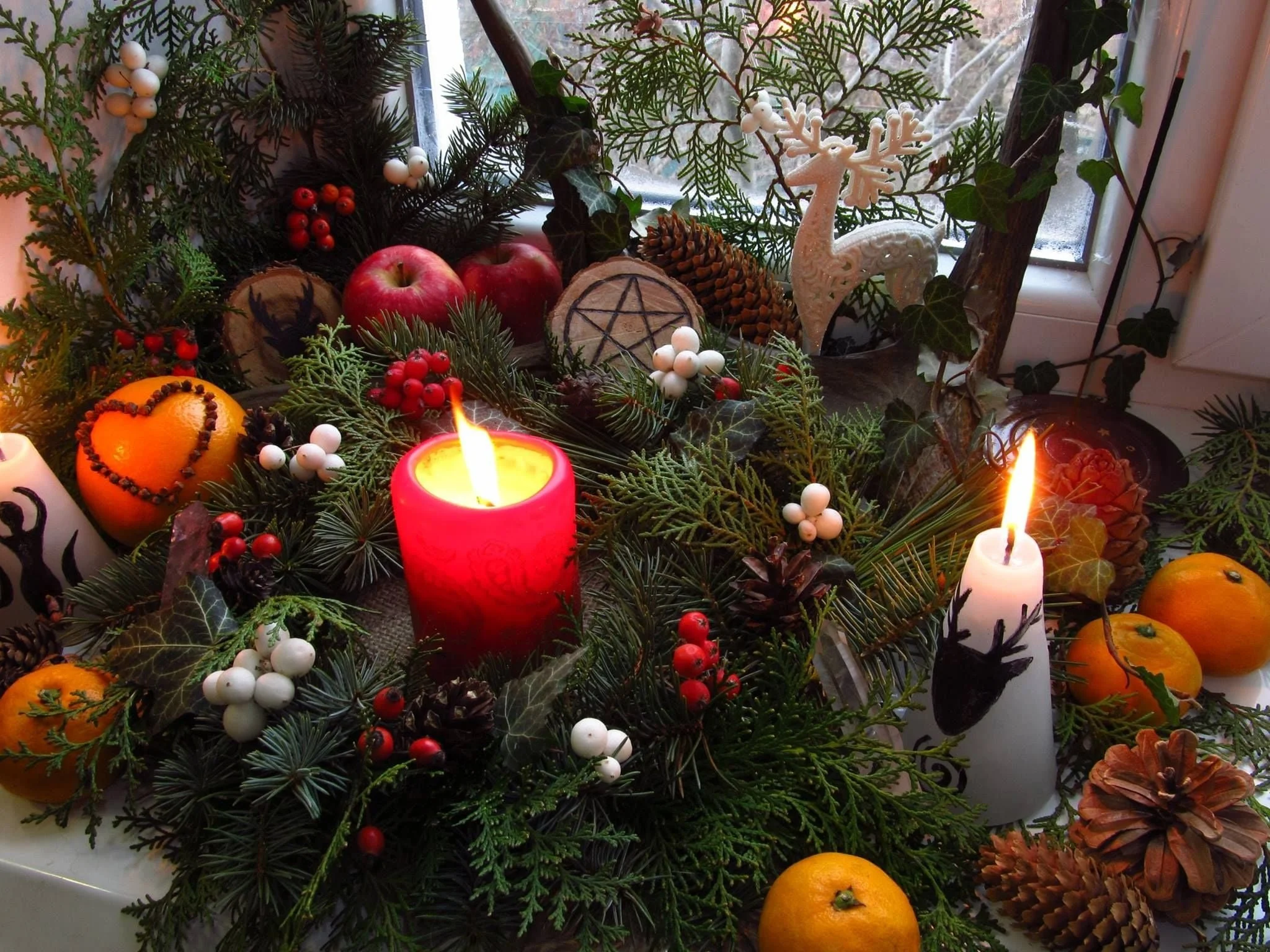What is Yule?
Yule, or the winter solstice, is a pagan celebration of the rebirth of the sun. It marks the longest night of the year.
It has been celebrated since the late stone age when people lived more closely with the natural world and were more affected by the changing seasons than in modern times.
For months, the earth has been getting colder and darker but at the winter solstice, the sun “stands still” and then gradually the days become longer and warmer again.
The ancient monument of Stonehenge was built to align with the midwinter sunset and traditionally observers gather at Stonehenge to celebrate the rising of the sun. This is still celebrated by many who still gather at the monument but this year due to the pandemic there are no gatherings but the sun rise was live streamed this morning!!
Who are the pagans?
Fear of discrimination!! Today 'pagan' is often used to describe someone who doesn't go to synagogue, church, or mosque. It could be that they worship several gods at once, or they have no interest in a god at all. This stems from propaganda created by new rulers of European countries, for example the Romans in Britain who wanted the population to follow their religion. They would create propaganda and what we would know now as policy to make people believe that paganism was immoral and evil but this simply isn't true!!
Paganism has its roots in the pre-Christian religions of Europe. Its re-emergence in Britain parallels that in other western countries, where it has been growing rapidly since the 1950s.
Pagans believe that nature is sacred and that the natural cycles of birth, growth and death observed in the world around us carry profoundly spiritual meanings. Human beings are seen as part of nature, along with other animals, trees, stones, plants and everything else that is of this earth.
Many pagans for Yule will decorate their homes or build an altar.
Traditional decorations may include:
red, gold and green candles to celebrate the returning light.
evergreens , such as ivy (immortality), holly (protection), yew (rebirth and the spirit realm) and pine (healing and purifying if burned).
An evergreen wreath to represent the wheel of Life.
Mistletoe lives between the heavens and the earth (growing on the branches of trees) and should be carefully cut so that it doesn’t touch the ground. It can be used to make a kissing bough. Every berry on the mistletoe is the promise of a kiss and a berry is removed for every kiss given
Ancient and modern Pagans celebrate winter solstice as it marks the Goddess giving birth to the Sun God and it is one of eight celebrations in the pagan wheel of the year!
The Wheel of the Year is an annual cycle of seasonal festivals , observed by many modern Pagans, consisting of the year's chief solar events (solstices and equinoxes) and the midpoints between them, names for each festival vary among diverse pagan traditions.


